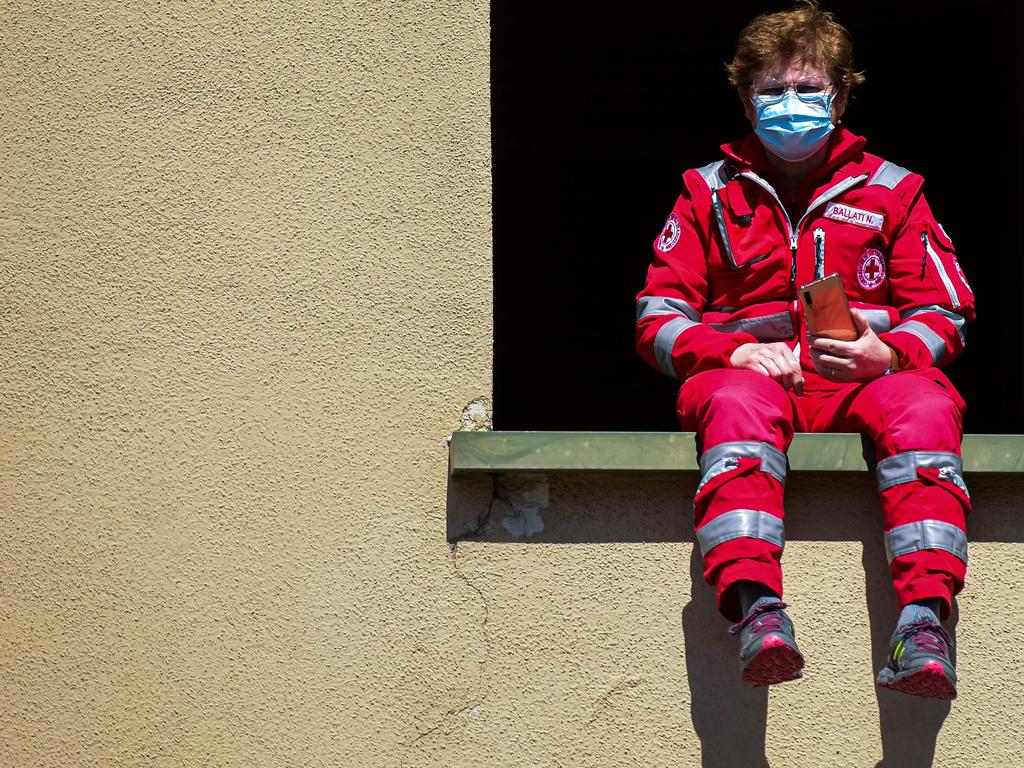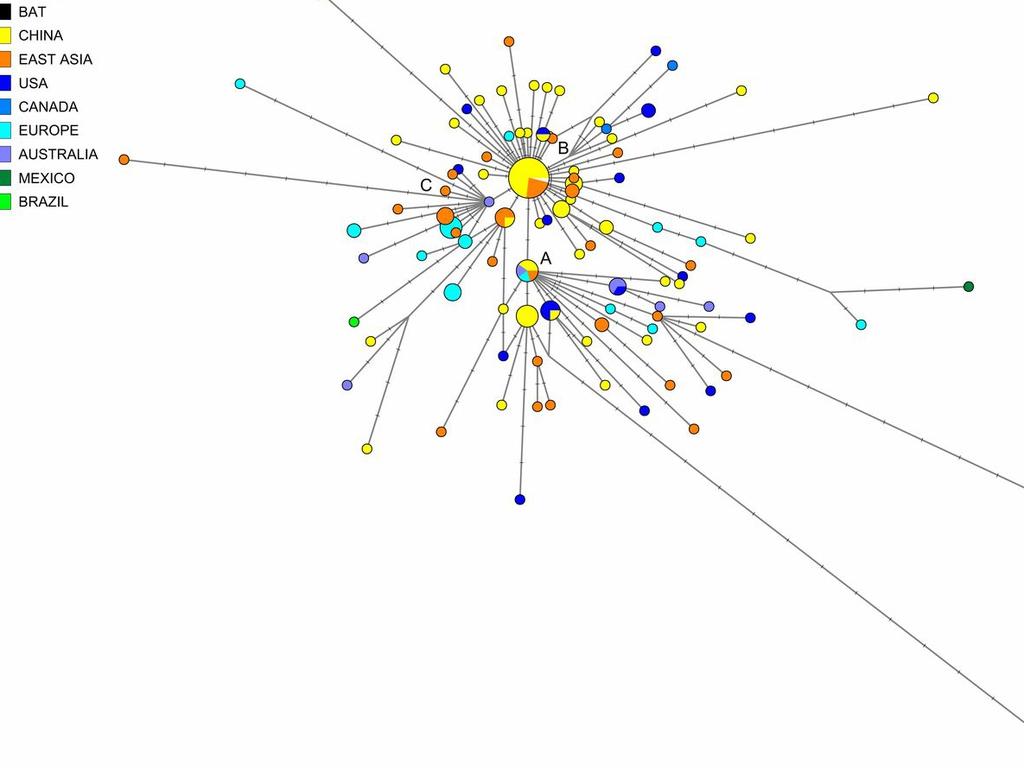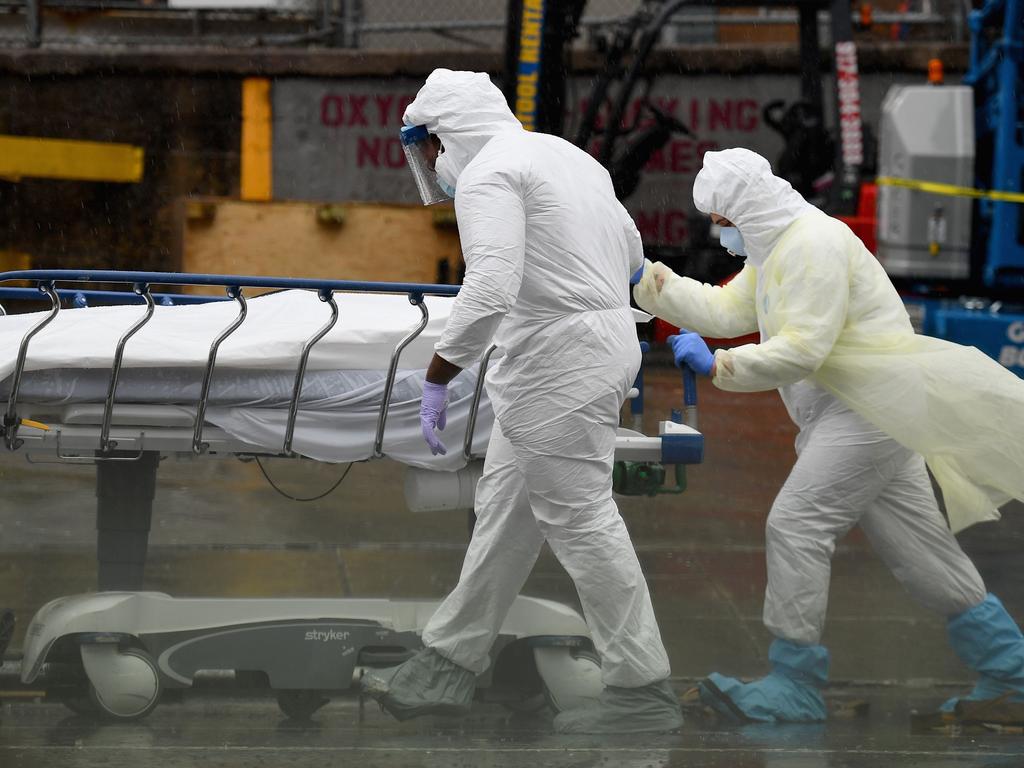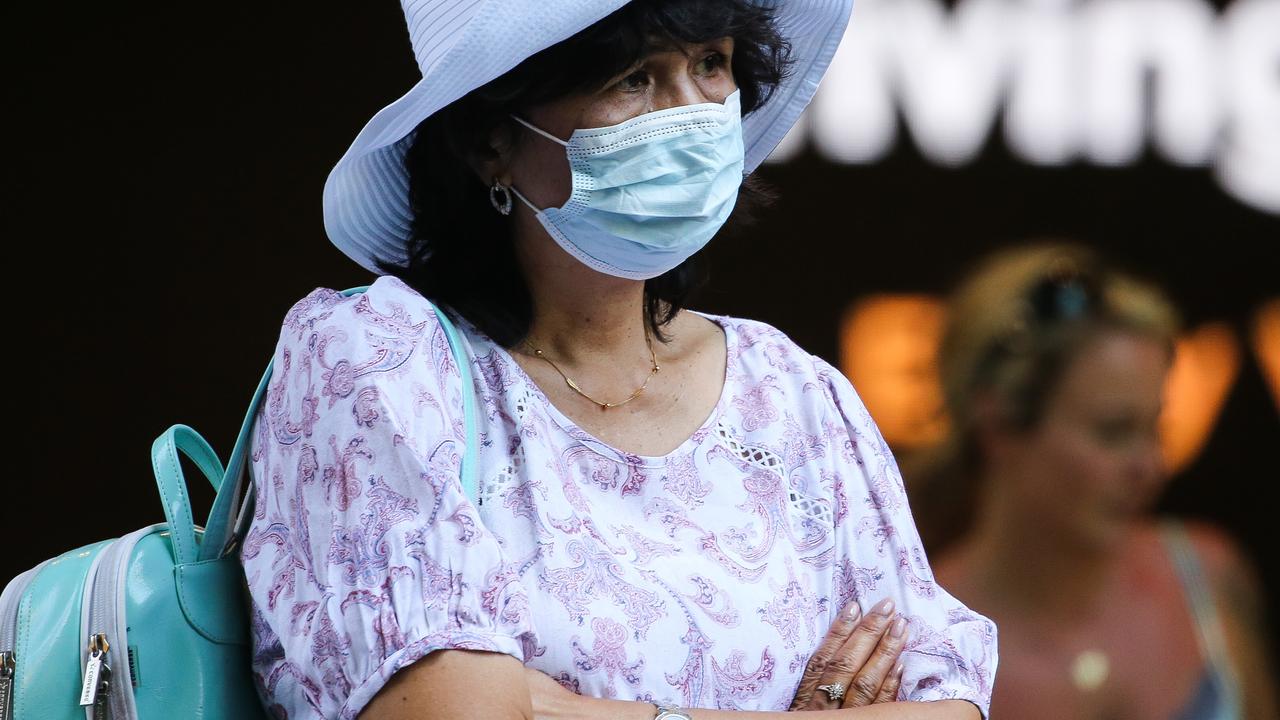Coronavirus Australia: Three different strains of virus identified by Cambridge University researchers
Researchers have found three distinct strains of COVID-19, with two of them popping up in Australia including one closest to the “root of the outbreak”.

Australians diagnosed with coronavirus could be suffering from one of two different strains of the disease, one of which is a “daughter” to the original strain found in China, new research has found.
A study by Cambridge University researchers mapping the “evolutionary path” of the virus as it spread from Wuhan, China found three distinct strains in different parts of the globe.
They have been dubbed A, B and C by researchers, based on a study of 160 genomes taken from patients between 24 December and 4 March in a process known as “phylogenetic network analysis” which essentially maps the family tree of COVID-19.
MORE: Read the latest coronavirus news here
MORE: Why New York never had a chance


Variant A is the “original human virus genome” and is closest to the “root of the outbreak”, researchers believe. It was found in Wuhan and is most similar to the type of virus found in bats.
COVID-19 is believed to have originated in horseshoe bats and transferred to humans via an intermediary animal such as a pangolin. The epicentre is thought to be a Wuhan seafood market.
Surprisingly however, researchers found the A variant was not Wuhan’s dominant virus type. Instead, mutated versions of A were found in Americans that lived in Wuhan and A-type viruses were also found in patients in Australia and the US.
Type B is derived from A and separated by two mutations. This was the main type found in Wuhan city and across East Asia.
However it has not been found much beyond East Asia, suggesting a “founder event” in Wuhan or some form of resistance to the strain outside of Asia.
Instead, a third virus strain known as C – which is the “daughter” of B – has been found across Europe and is also present in Sydney, according to the virus tree.
It is the major variant found in early patients in France, Italy, Spain and the UK. It was absent from China’s sample but also found in Singapore, Hong Kong and South Korea.
More than 1.5 million people have been infected with COVID-19 around the world and nearly 100,000 have died.


The study, published in the Proceedings of the National Academy of Sciences, is yet to be peer-reviewed, however it suggests the first spread of the disease among humans occurred between mid-September and early December.
Chinese authorities reported the first case on 31 December.
Dr Peter Forster, lead author from the University of Cambridge, said while there are too many mutations of the disease to precisely trace a COVID-19 family tree, the algorithm shows “plausible trees simultaneously.”
“These techniques are mostly known for mapping the movements of prehistoric human populations through DNA. We think this is one of the first times they have been used to trace the infection routes of a coronavirus like COVID-19,” he said.
Researchers also believe the information could be used to map the source of outbreaks and where they might occur in future.
It could even lead to differences in the clinical presentation of the disease and be used to design treatments and vaccines, the team said.
Dr Forster said: “The viral network we have detailed is a snapshot of the early stages of an epidemic, before the evolutionary paths of COVID-19 become obscured by vast numbers of mutations. It’s like catching an incipient supernova in the act.”




